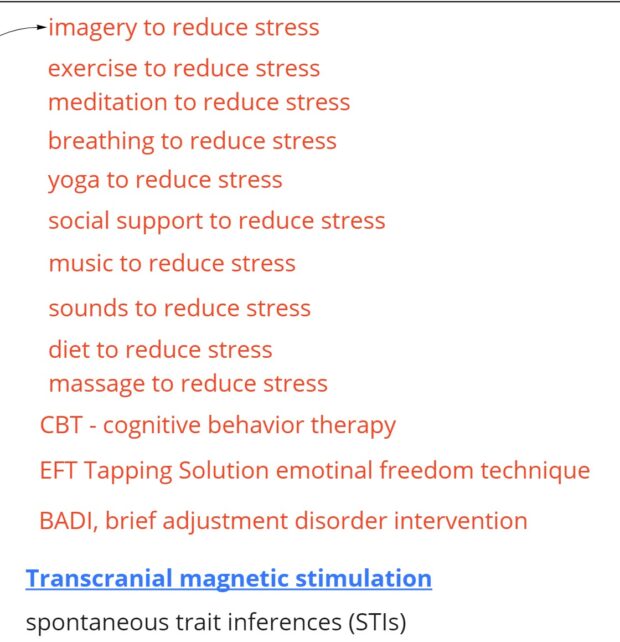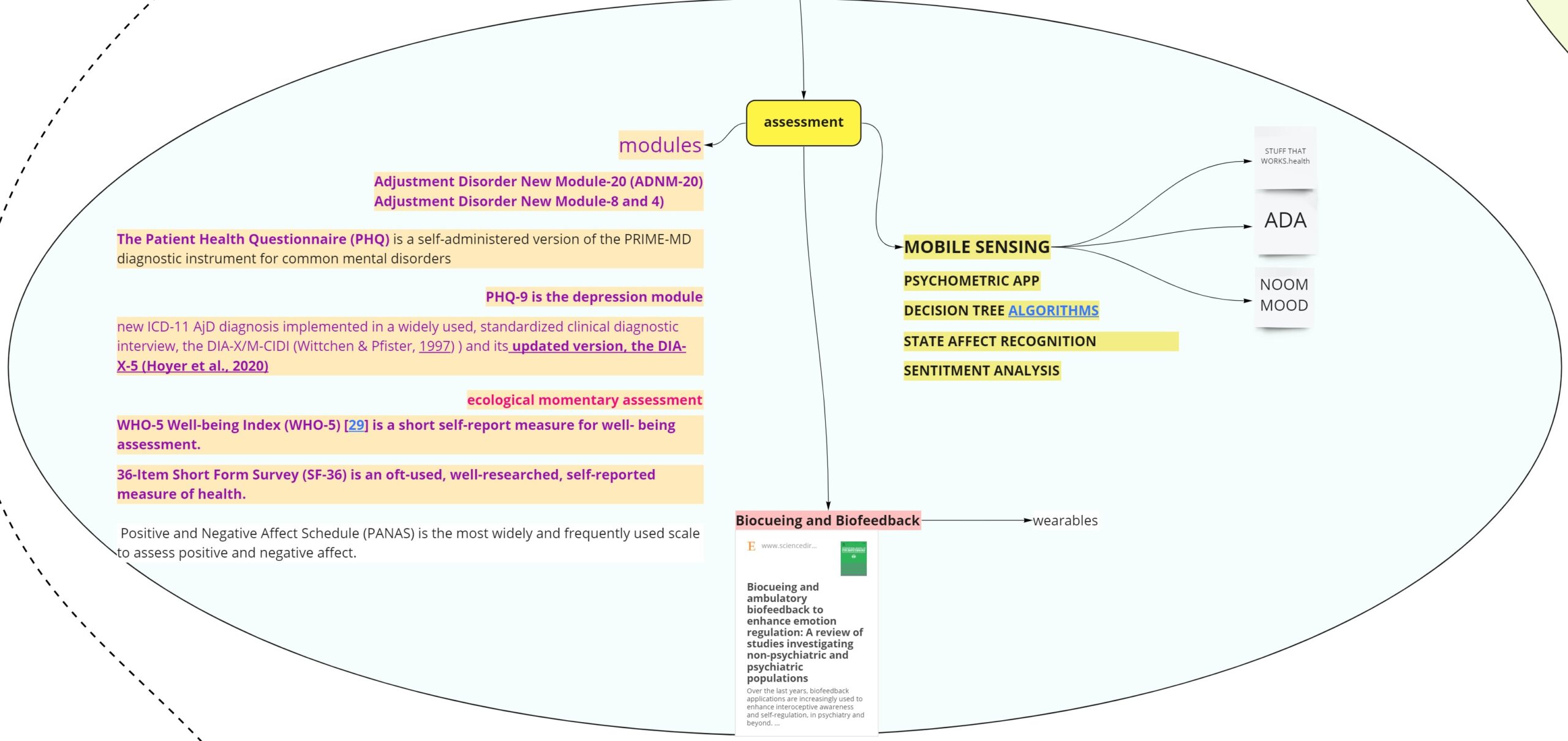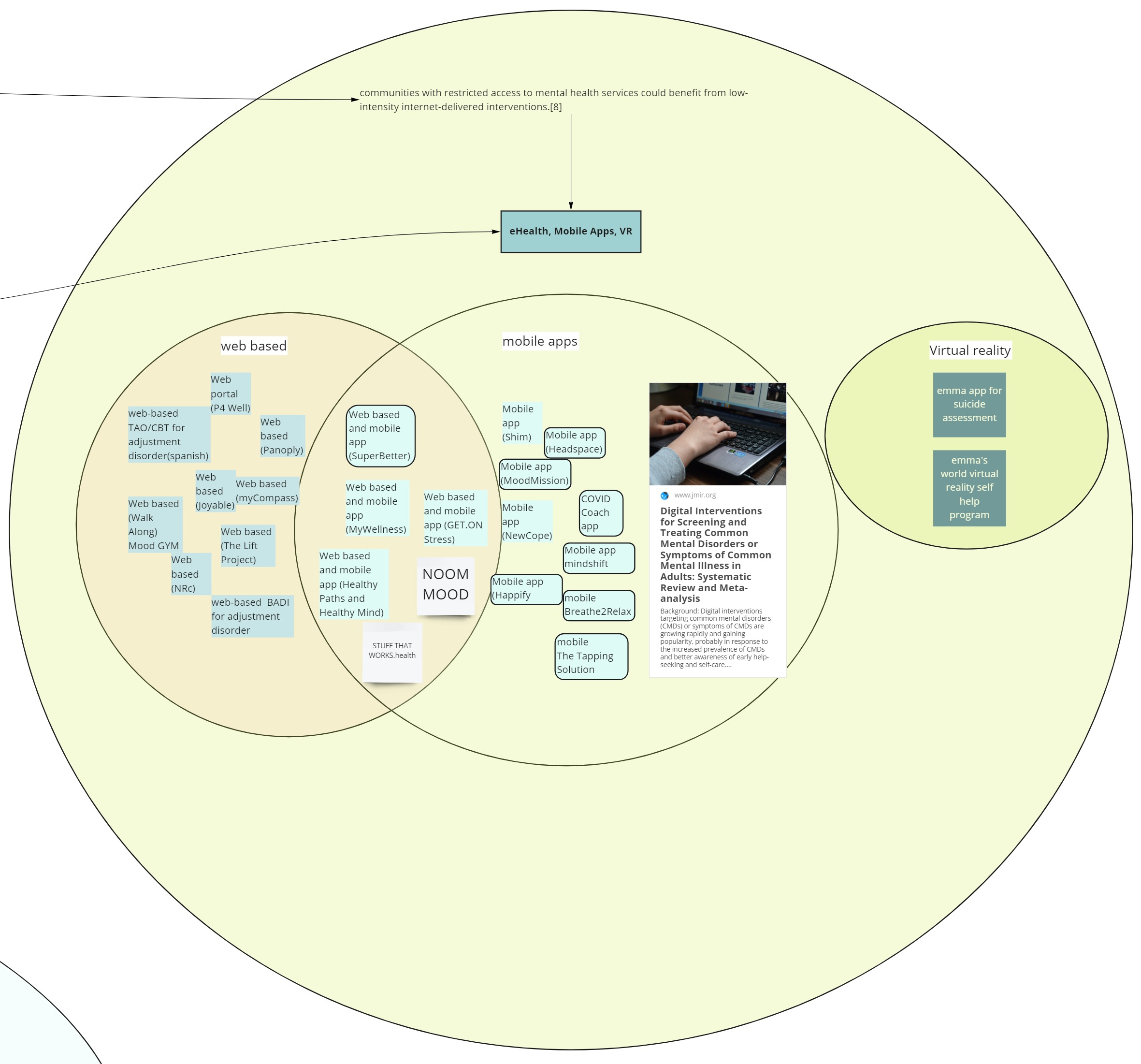Week7
Spring Break… The break I so needed from myself and studies. But by Wednesday, I was back to my studies. Where am I now? …Still not where I’d like to be. I have not been able to narrow down my demographics. I’m vacillating from caregivers (home or health), to the elderly, to an overlooked specific category that may have been adversely affected, etc. I still need to look at the research closer to decide.
My homework was to identify design and tech’s value to my particular area of interest and how I’ve currently scoped the work. And to identify 3-5 organizations and professors I might want to partner with to develop a product together for the remainder of my thesis lifespan. The later task in itself has been a forest of research. I’ve been researching NYU organizations, Labs and faculty, national and international organizations, and developers of current apps that touch on my topic. There are many, yet which is more appropriate then the next cannot be determined until I grasp what I need. In a very general sense I know there are 3 areas that need to be examined:
- Medical support for determining participants
- AI development
- HCI
What avenue would be best to reach the individuals who need it most? As discussed before, adjustment disorder is only a step in the path where paths meet. Are the physiological and behavioral reactions to the stressor presented by an individual, a slightly prolonged “normal” behavior and when the stressor/s dissipate the individual regains their ‘normal”? Or will the individual hold on to their reactions even after the stressor is gone, or perhaps the stressor does not ever dissipate? If that individual cannot accept those stressors prolonged adjustment disorder can lead to depression, anxiety disorders and self harm.
Even as I write this new research studies are developing better methods to screen for adjustment disorder. The International Classification of Diseases 11th revision ICD-11 (2018) seems to have defined clearer criterion for adjustment disorder (code 6B43) diagnosis, than the Diagnostic and Statistical Manual of Mental Disorders (DSM-5 , 2013) and it’s 6 subtypes. The WHO published ICD-11 for review in 2018 and the World Health Assembly adopted ICD-11 on May 25, 2019 to be effective beginning January 1, 2022; however the United States has not established a definite ICD-11 implementation timeline (2025-2027).[1] ICD recognizes adjustment disorder as a stress-response syndrome characterized by preoccupation with the stressor or its consequences and the failure to adapt to the stressor leading to significant impaired daily functioning. This criterion helps differentiate AD from anxiety disorder, depression, and PTSD and other stress associated disorders.
======================================================================
1. Aapc, Admin. “US Gets the Ball Rolling on ICD-11.” AAPC Knowledge Center, 16 Aug. 2019, https://www.aapc.com/blog/48275-us-gets-the-ball-rolling-on-icd-11/.
The high prevalence, comparatively mild symptom impairment, and transient nature make adjustment disorder a promising target for low-threshold self-help interventions [2], like monitoring, psycho-education and empowerment programs or stepped care models [3] and uniquely suited for eHealth interventions. [4] Communities with restricted access to mental health services could benefit from low-intensity internet-delivered interventions.[5]
After exploring the expansive range of eHealth programs and mobile applications available for addressing stress related symptoms, I noticed that most them had yet to be validated. There were several studies that looked into the use of eHealth programs for addressing adjustment disorder. The majority of positive interventions and treatments used approaches based on some form of Cognitive Behavioral Therapy (CBT) which helps you recognize negative or unhelpful thought and behavior patterns, and ways your emotions and thoughts can affect your actions. Stress management techniques were also used in the therapies. Then I decided to look at symptoms for Chronic Stress and compare them to the symptoms describe for Adjustment Disorder. In what areas did they overlap? 
How can proven techniques used for stress relief being used for adjustment disorder?

What are the most effective techniques in reducing stress that will also help adjustive disorder, create a positive mood and introspection? What features can I focus on for a mobile platform? How can I combine features that make sense? How would all this lead to better decision making? Self-preserving decision making. Perhaps I should focus in on what actually helps an individual to see their situation from a different perspective and way that they slowly see their value and self worth. Now.. is it possible to do this through a combination of imagery, sound, touch and movements using the mobile phone as the platform and Emotion AI as the engine?
Looming question… should I make this Covid -19 related for demographics? Well, that would include most of the world… right? Still I can focus on adults affected by the pandemic in the NYC metro area who either had to work(essential workers) or worked from home or lost their jobs…
================================================================
2.Baumeister, Harald, Andreas Maercker, and Patricia Casey. “Adjustment disorder with depressed mood.” Psychopathology 42.3 (2009): 139-147.
3.Bachem, Rahel, and Andreas Maercker. “Self-help interventions for adjustment disorder problems: A randomized waiting-list controlled study in a sample of burglary victims.” Cognitive behaviour therapy 45.5 (2016): 397-413.
4.Maercker, Andreas, et al. “Adjustment disorders are uniquely suited for eHealth interventions: concept and case study.” JMIR mental health 2.2 (2015): e4157.
5.Kazlauskas, Evaldas, et al. “Adherence predictors in internet-delivered self-help intervention for life stressors-related adjustment disorder.” Frontiers in psychiatry 11 (2020): 137.

Possible collaborators :
- The Motivation Lab at NYU – (Peter Gollwitzer & Gabriele Oettingen) explores how conscious and non-conscious processes interact in influencing people’s thought, emotion, and behavior…Research methods span from highly controlled lab experiments to field interventions applying the discovered principles to solve current real world problems. Our methods range from classic cognitive reaction time paradigms to observational, self-report, and field experimental techniques. Department of Psychology NYU Arts and Science.
- Immersive Computing Lab – at NYU Tandon School of Engineering conducts cutting edge research that spans the fields of computer graphics, physics, and computational cognition, with the goal of creating unprecedented virtual and augmented reality systems to revolutionize urban life.
- Andreas Maercker – a German clinical psychologist and international expert in traumatic stress-related mental disorders who works in Switzerland. International contributions of his work are a new diagnosis model of adjustment disorder, the introduction of complex post-traumatic stress disorder and prolonged grief disorder to ICD-11
- Amy Hurst – Ability Project
- NYU Langone – Naomi M. Simon, MD – Grossman School of Medicine
- Stuff That Works – We’re here to figure out which treatments work best for each health condition. Together. Help out by sharing your experience in an organized way. Some of the world’s most complex problems can only be solved by crowdsourcing. Understanding treatment effectiveness is one of them.




Recent Comments